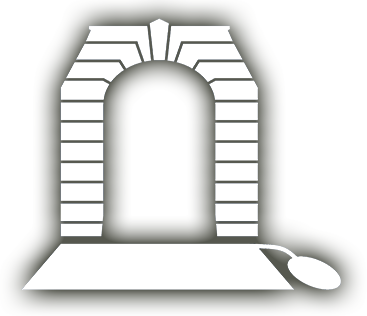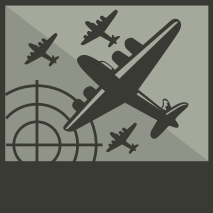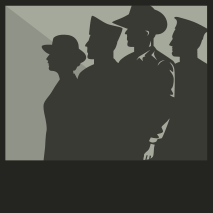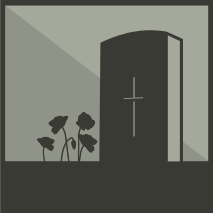ANDERSON, Harold David
| Service Numbers: | S42655, SX25406 |
|---|---|
| Enlisted: | 7 October 1942, Fort Largs, SA |
| Last Rank: | Private |
| Last Unit: | Infantry Training Battalions |
| Born: | Semaphore, South Australia, 6 September 1923 |
| Home Town: | Mount Gambier, Mount Gambier, South Australia |
| Schooling: | Largs Bay, Mount Gambier High School and St Peters College, University of Adelaide, South Australia |
| Occupation: | University Student |
| Died: | Natural causes, St Vincent's Hospital, Sydney, New South Wales, Australia, 17 June 2020, aged 96 years |
| Cemetery: | Not yet discovered |
| Memorials: | Hackney St Peter's College WW2 Honour Roll |
World War 2 Service
| 7 Oct 1942: | Involvement Trooper, SX25406 | |
|---|---|---|
| 7 Oct 1942: | Involvement Private, S42655 | |
| 7 Oct 1942: | Enlisted Fort Largs, SA | |
| 7 Oct 1942: | Enlisted Australian Military Forces (WW2) , Private, SX25406, Infantry Training Battalions | |
| 3 Jun 1944: | Discharged Private | |
| 3 Jun 1944: | Discharged Australian Military Forces (WW2) , Private, SX25406, Infantry Training Battalions |
Why David Became a Man of the World
HAROLD DAVID ANDERSON, AO, OBE
AS a 12-year-old student, David Anderson’s interest in world events was sparked by Italian dictator Benito Mussolini’s invasion of Ethiopia in 1935.
This set in train a passion for international affairs that took him across the globe during a long and distinguished career as a diplomat.
David was born in Semaphore to mother Dorothy and father Axel, a pharmacist. He started school at Largs Primary, but the family relocated to Mount Gambier in 1934. David went to Mount Gambier Primary , where he became fascinated by world affairs following the news about Italy’s expansionist moves into Ethiopia.
At Mount Gambier High, David showed considerable academic promise. He won scholarships to St Peter’s College and then Adelaide University . His interest in international affairs was cemented by the mounting global tensions of the time leading into World War II.
During the 1930s, David became convinced the war was coming and felt compelled to play his part. After war broke out, he enlisted in the 2/6th Commando Squadron, known as the Purple Devils, and served in Papua New Guinea from 1942-44 .
He witnessed a savage battle in the Finisterre Ranges in December 1943, where Australian troops were heavily engaged against Japanese forces in a fierce fight for the razor-edged Shaggy Ridge.
About this time, David saw an advertisement for cadetships in the External Affairs Department . One of the criteria included servicemen who had begun degrees. He applied and was selected.
He was the only South Australian among 11 cadets, including author of The Lucky Country, Donald Horne.
David was posted to Paris, France, in 1947; Karachi, Pakistan , in 1949; and Noumea, New Caledonia, in 1950. While there, he met and married Annabel Johnston.
Postings to Cambodia, Japan and the UK followed, before he was appointed ambassador to Vietnam from 1964-66 . From 1968-70 , he was Australian observer to the Paris Peace Accords , where the conditions of the ending of the Vietnam War were negotiated.
David served as ambassador to France and delegate to UNESCO from 1973-78 , as UN representative in New York from 1978-82 , and as ambassador to the European Community in Belgium from 1983-87 . He retired in 1987 and, in 1996, published the book Indo-Chinese Days, about his posting to Cambodia . He died after a brief illness , aged 96.
Former colleagues recall the wonderfully dry way David would handle potentially awkward situations, his prodigious memory and his intellect. They also spoke of his courage and dedication, his quiet calm and easy manner, and his subtle sense of humour.
David is survived by Annabel , children Karen and Ingrid and two grandchildren.
Copyright © 2020 News Pty Limited
Submitted 11 July 2020 by Trevor Thomas










